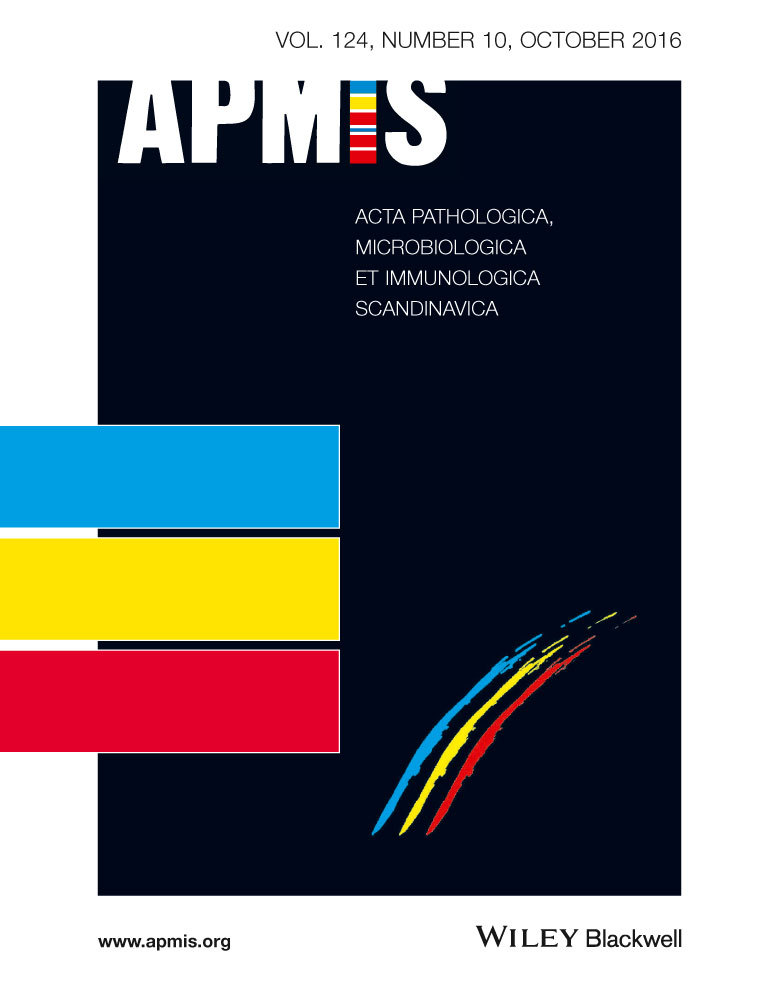The use of the soluble adhesion molecules sE-selectin, sICAM-1, sVCAM-1, sPECAM-1 and their ligands CD11a and CD49d as diagnostic and prognostic biomarkers in septic and critically ill non-septic ICU patients
Abstract
Endothelial activation is pivotal in the development and escalation of sepsis. Central to endothelial activation is the endothelial up-regulation of cellular adhesion molecules (CAMs) including E-selectin, ICAM-1, VCAM-1, and PECAM-1. Shed CAMs are also found in circulating soluble forms (sCAMs). We investigated whether sCAMs can be used as biomarkers for the differentiation between septic and non-septic patients. Furthermore, we investigated lymphocyte and monocyte expression of LFA-1 (CD11a/CD18) and VLA-4 (CD49d/CD29) ligands for ICAM-1 and VCAM-1, respectively. Twenty-one septic and 15 critically ill non-septic patients were included. All patients had an APACHE II score above 13 at ICU admission. Fifteen healthy volunteers served as controls. Flow cytometry was used to estimate levels of sE-selectin, sICAM-1, sVCAM-1, sPECAM-1, and the cellular expression of CD11a and CD49d. Levels of sE-selectin, sICAM-1 and sPECAM-1 were higher in the septic patients compared with the non-septic patients and controls at admission and during the observation period. Lymphocyte and monocyte expression of CD11a and CD49d was suppressed or unaltered in the septic patients compared with the non-septic patients and controls. Levels of sE-selectin, sICAM-1, and sPECAM-1 were able to discriminate between septic and non-septic patients, indicating that sCAMs may be potential diagnostic biomarkers of sepsis.




